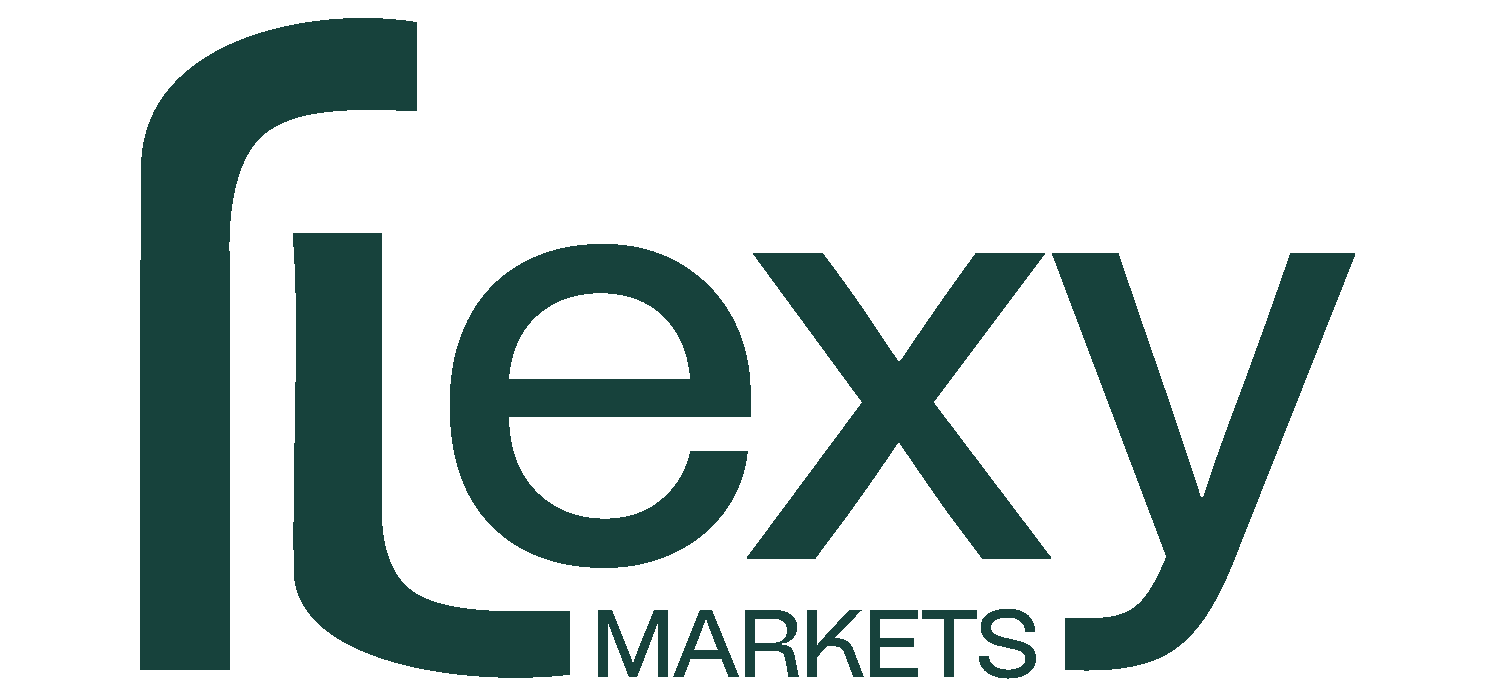
By: Aditi
Published on: Mar 07, 2025
Introduction
Proprietary trading, or "prop trading," is a financial strategy employed by banks, hedge funds, and investment firms where they trade with their own capital instead of executing trades on behalf of clients. This method allows firms to generate profits directly from the market by taking on various positions in different asset classes. In this blog post, we’ll take a closer look at what proprietary trading is, its benefits and risks, and how it works in today’s financial world.
Proprietary trading refers to the practice where financial institutions use their own funds to engage in market trading, rather than acting on behalf of clients. The firms employ their capital to buy and sell securities, commodities, derivatives, and other financial instruments with the goal of earning profits directly from these trades. In essence, prop trading allows firms to operate like traders in the market, without the need for client mandates or obligations.
1. Using the Firm’s Own Capital: The hallmark of proprietary trading is that the firm risks its own capital in trades. This offers greater flexibility but comes with a higher risk than trading on behalf of clients.
2. Diverse Trading Instruments: Proprietary traders can engage in a variety of asset classes, including stocks, foreign exchange (forex), options, commodities, and even cryptocurrencies.
3. Advanced Trading Strategies: Prop trading firms use a range of strategies to maximize their profits. These strategies can include high-frequency trading (HFT), market-making, arbitrage, and even algorithmic trading.
4. Risk and Reward: Proprietary trading is inherently high-risk, but with high reward potential. Successful trades can yield significant returns, but poor decisions or bad market conditions can lead to substantial losses.
1. Profit Potential: Since proprietary traders trade with their own capital, they keep all the profits. If they make a profitable trade, they receive the full benefit, without needing to share it with clients or investors.
2. Market Influence: Large prop trading firms often have the power to move markets due to the size and volume of their trades. This influence can give them an edge in market positioning and strategy.
3. Flexibility: Unlike traditional brokers, prop traders have the freedom to develop and execute their own trading strategies. They aren’t limited by client requirements, allowing them to act quickly and make moves based on their insights.
4. Technology and Innovation: Many proprietary trading firms invest heavily in technology, using algorithms, AI, and high-speed networks to execute trades faster and more efficiently than others.
1. High Risk of Losses: Since firms use their own capital, any mistakes or poor trades can lead to massive losses. These risks can be compounded in volatile markets, where prices can shift quickly.
2. Regulatory Challenges: Proprietary trading has faced increased regulation over the years. Following the 2008 financial crisis, laws like the Volcker Rule, which limits speculative trading by banks, have been implemented to reduce the risks associated with prop trading.
3. Ethical Concerns: Proprietary trading can sometimes create conflicts of interest, especially when financial institutions trade on their own account while still providing services to clients. The firm may prioritize its own profits over those of its clients.
4. Dependence on Technology: Prop traders often rely on complex algorithms and high-speed trading systems. While these tools can enhance profitability, they can also increase the risk of technical failures or errors that could lead to significant losses.
Proprietary trading firms typically operate with highly specialized teams of traders, analysts, and technologists. These teams develop and implement trading strategies based on a combination of technical analysis, quantitative research, and market data. Trades are executed using high-frequency trading platforms, which ensure that positions are taken quickly to maximize profit opportunities.
Firms may also employ various risk management techniques, such as stop-loss orders, to help mitigate potential losses. Given the high volatility in markets, proprietary trading firms must be agile, quickly reacting to new information to capitalize on emerging trends.
Proprietary trading is a powerful and lucrative method for firms to trade financial markets, but it carries a level of risk that must not be underestimated. By trading with their own capital, firms have the potential to earn significant profits, but they also take on substantial losses if their trades do not perform as expected. This high-risk, high-reward strategy requires expertise, advanced technology, and careful risk management.
For traders, investors, and firms considering proprietary trading, it's crucial to understand the potential benefits and risks involved. While it can lead to exceptional financial returns, it is not a strategy for the faint-hearted. By developing a strong risk management plan, leveraging cutting-edge technology, and staying informed about market trends, proprietary trading firms can navigate this exciting yet dangerous financial landscape.
Happy Trading!

Comments
No comments yet. Be the first to comment!
Leave a Comment